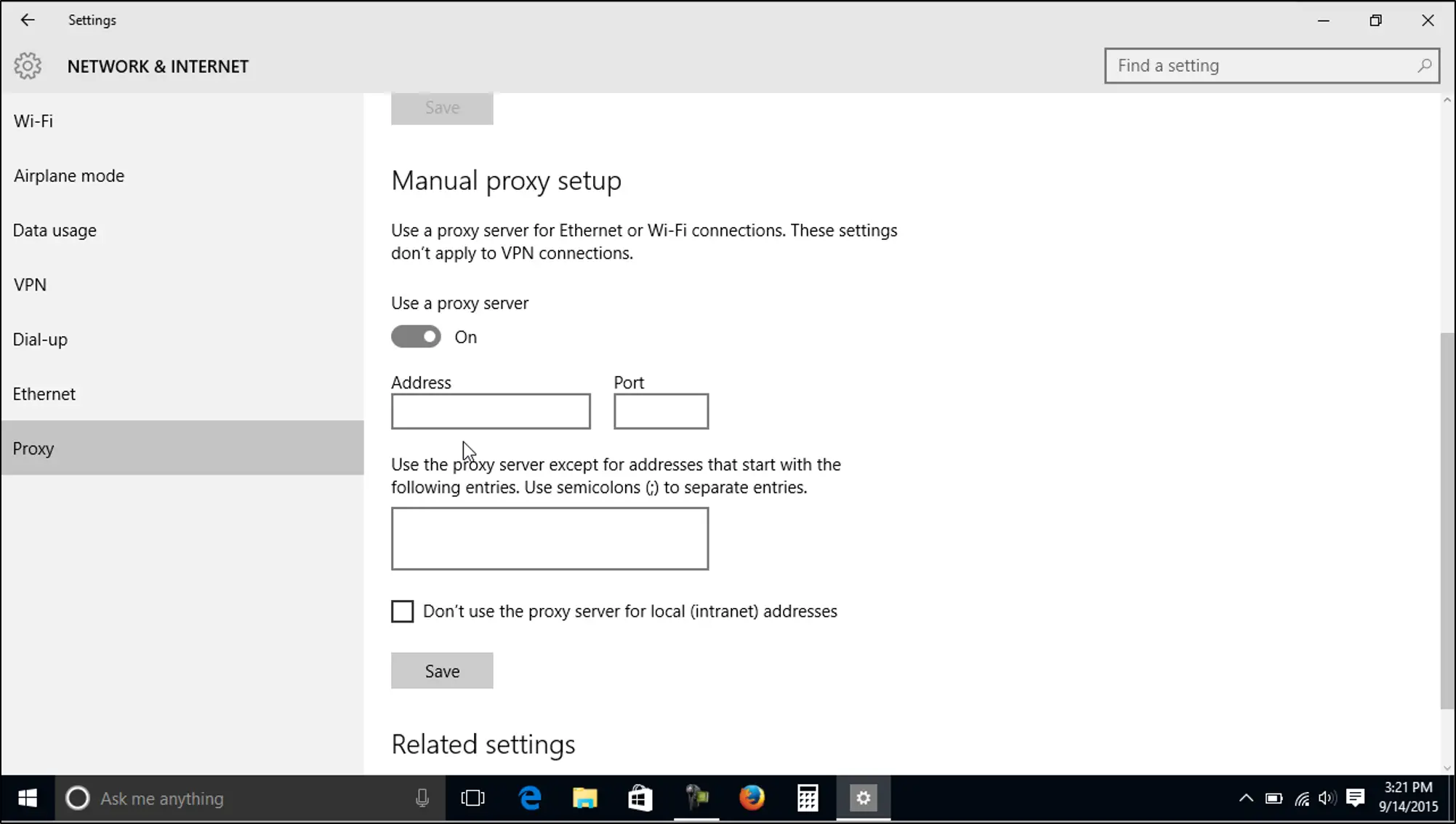How to Configure Windows 10 Proxy Settings

You can hide Windows 10 proxy settings if you wish. To do this, you must enable the settings page visibility policy in User Configuration, Administrative Templates, or Control Panel. Once you update the local policy settings, the tab containing the proxy settings will disappear. You can also prevent the lock policy from being applied on the local computer by disabling Item-Level Targeting. This will prevent local computer administrators from locking proxy settings.
Setting up a proxy server in Windows 10
When you are using a web browser with built in proxy, you can set up a server by updating the network settings. When you go to the settings menu, you will see a link to the settings in the built-in Windows. In order to install a proxy server in Windows 10, you must first make sure that your web browser supports this type of configuration. After that, you must choose a proxy server from the built-in list of available proxies and click Next.
You can also manually configure your settings by entering the IP address and port of the server. If you do not want Windows to automatically detect your settings, you can enable the “Manually detect settings” button. If you turn off this option, Windows will not use your server for specific web addresses. Nevertheless, you can control which websites you visit. If you choose a manual setting, you must enter the IP address, port number, and website addresses.
Bypassing proxy server for local addresses
Bypassing the proxy server for local addresses in Windows 10 is an easy way to access local web pages. To do this, you need to open the Local Area Network Settings dialog box and click the Advanced button. Next, enter the IP address and port of the server. After you have entered the information, click on the advanced button and select Bypass Proxy server for local addresses. This option will automatically enable the bypassing of the server for local addresses.
Bypassing a server for local addresses in the Windows 10 settings is the most common way to avoid using a proxy. This feature gives users additional privileges when browsing the web. However, it may violate corporate policy and prevent you from using the internet. If you are using a server in your office, you should disable this feature to protect your privacy. Go to Windows Internet Options and click on the Connections tab.
Using a setup script
If you want to use the same configuration settings on all your machines, you can use a setup script to set up the appropriate windows services. For example, if you want to enable Defender for Endpoint, you can create a group policy and use the TelemetryProxyServer setting to specify. However, if you want to disable this service, you have to change the settings on the Defender for Endpoint detection and response sensor.
Using the Connectivity Analyzer
You might have trouble configuring Windows 10 proxy settings if you keep getting network errors. You can try turning off Automatically detect settings, or resetting your Windows 10 proxy settings. If none of these steps solve your problem, then you should contact your system administrator. However, before contacting your system administrator, you should first make sure your proxy settings are properly configured. Follow the steps below.
Conclusion:
You can configure proxy settings manually, or through individual applications. Some applications use their own default proxy settings; others must be manually configured. You can also override system-wide proxy settings with a VPN. This option restricts your web usage to a single IP address, which might prevent you from accessing certain sites. To make sure your Internet connection is protected, you can use a VPN.